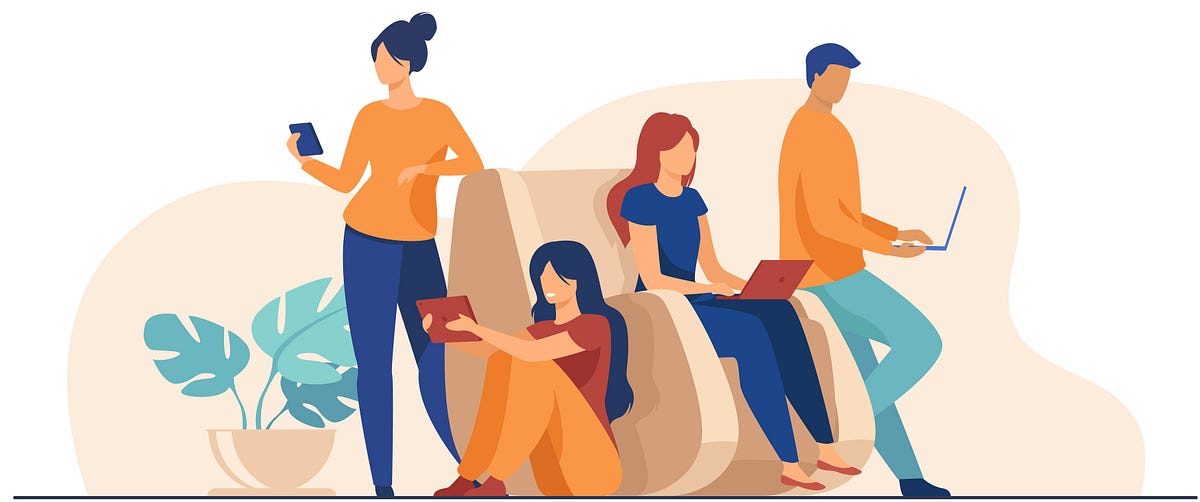In design, all the ‘User’-based words signify the relationship between people and tech systems, viz. products, features, and services. People use and tech is used. The term, however, does not give justice to the complexity of us as humans over just being an entity using the systems.
For simplicity, in this article, I will be referring to any solution viz. products, features, and services as ‘product’ itself.
This relationship, however, has surpassed the term with the product as well, learning from the ‘user’. There is a constant fight for solving the user’s problems but also retaining the user. Further, it has become more complex with the internet of things coming into the picture. Many experiences and interactions may affect our emotional and social well-being.
We keep the users at the center of the design and solve their problems. However, when products get designed, they are considered in isolated situations and tasks. In D-School, we were taught that there can be more than one solution to a problem. These solutions emerge based on the depth to which we understand our users. The more we understand about the user, the more we will be able to solve problems better. Further, understanding the users should not be restricted only to a certain task they are performing but to a long term effect of the product. We have gained empathy well, but it’s time to start applying it to meet human needs and desires.
Typically the user goals are looked at only limited to the product. This biases our outlook to only take for what we want and not what the user wants.
The following are stages in understanding how the product affects the user with increasing impact:
1. Being part of a product
The basic human need is to be part of something that makes oneself better.
Assuming we have already understood who the user is and what the problem is, the first step that every designer takes is to understand the context. Then we create the sense of being a part of something that will make an aspect of the users better. This can be some basic product that fits in the context of the use wherein the user is interacting with it seamlessly. It can be as simple as making a particular app usable or making a particular chore in a user’s life, less solitary
#service-design #ux-research #user-experience #product-design #ux-design #user
